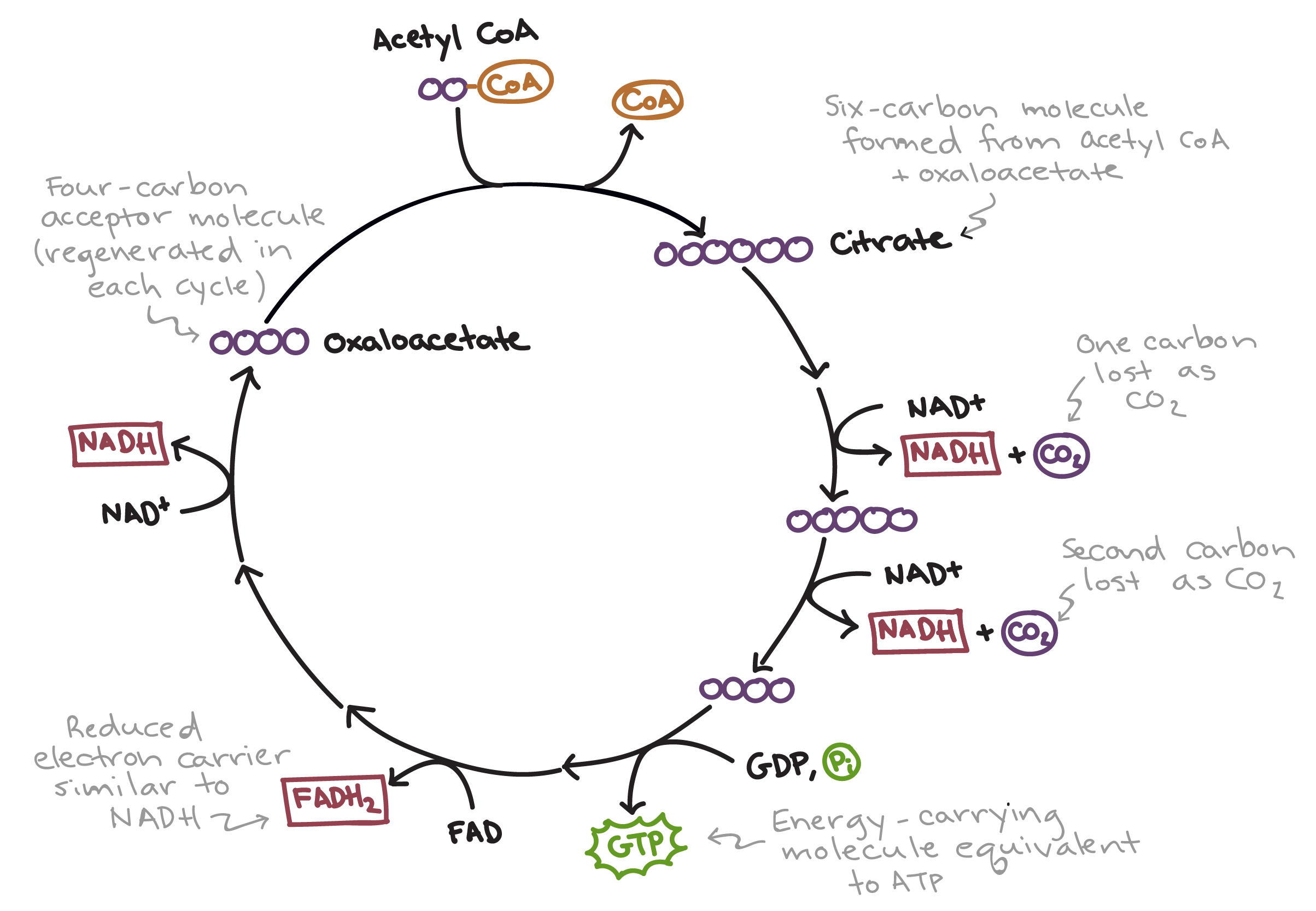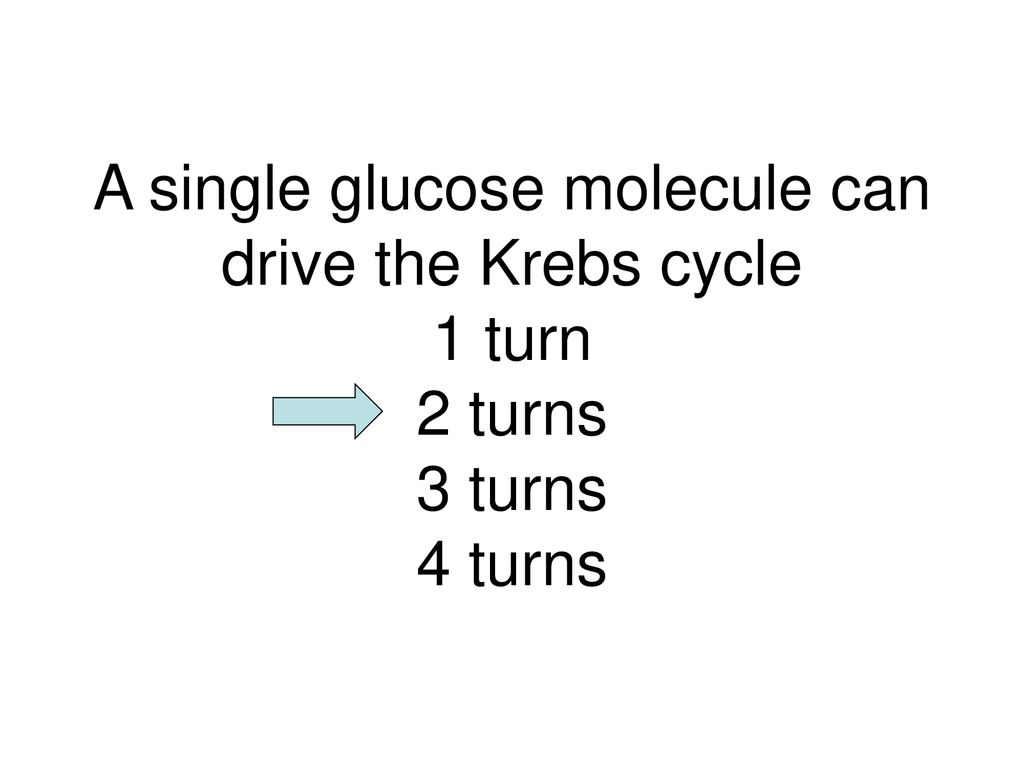A Single Glucose Molecule Can Drive the Krebs Cycle
The complete oxidation of one glucose molecule yields 30 or more ATP. Each step in the dhurrin biosynthesis pathway is catalyzed by a different enzyme.

The Citric Acid Cycle Cellular Respiration Article Khan Academy
However a molecule produced from the reaction catalyzed by Enzyme 2 can be immediately metabolized to form hydrogen cyanide which is a toxic substance.

. Glucose catabolism includes glycolysis pyruvate oxidation and the citric acid cycle. Generation of ATP via aerobic glycolysis and the mitochondrial tricarboxylic acid TCA cycle or the pentose phosphate pathway which generates riboses nucleic acids and NADPH for antioxidant defence and anabolic reactions FIGS 1 3. The TCA cycle overview.
These pathways are summarized in the following. The total yield of ATP includes ATP GTP and reduced cofactors that yield ATP from the electron transport chain and oxidative phosphorylation. Which processes yield the most ATP.
The TCA cycle also known as the citric acid cycle or the Krebs cycle is a series of reactions in a closed loop that forms a metabolic engine within cells Fig. Dhurrin the final product can be stored safely in the cell. Glucose entering brain cells is phosphorylated to glucose 6-phosphate and then enters one of two pathways 14.

Which Of The Following Organisms Are Autotrophs Ppt Download


No comments for "A Single Glucose Molecule Can Drive the Krebs Cycle"
Post a Comment